Have you ever wondered what sets successful people apart? It’s not just luck or talent—it’s their mindset. In this article, I’ll introduce you to the top 10 secrets of how successful people think and the strategies they use to achieve remarkable results. By understanding and adopting these mental habits, you can pave your own path to success.
If you are reading this article, it is probably because you want change, grow, and succeed. If this is correct, you’re in the right place, because the best way to learn is through examples. The more you learn about How Successful People Think, the more you realize that achieving success is not an impossible task, and neither is luck. Success is a skill you can learn.
Table of Contents
- 1: The Power of Positive Thinking
- Positive Thinking: More Than Just Happy Thoughts
- 2: Goal Setting and Vision
- The Importance of Consistency: A Key to Success
- The “Don’t Break the Chain” Method:
- A Must-Read Book on How Successful People Think
- Practical Tips For Maintaining Consistency
- How Successful People Think: Real-Life Examples
- Oprah Winfrey: The Power of Purposeful Goals
- 3: Embracing Failure as a Learning Opportunity
- How Successful People Think About Failure
- 4: The Role of Continuous Learning
- How Successful People Think: Examples of Top Leaders
- 5: Effective Time Management
- 3 Proven Techniques for Time Management
- Case Study: Time Management at Google
- 6: Networking and Building Relationships
- Strategies for Effective Networking
- How Successful People Think: Case Studies and Examples
- 7: Staying Focused and Avoiding Distractions
- How Successful People Think: Five Tips to Stay Focused
- Implementing Strategies:
- 8: Taking Calculated Risks
- The Importance of Calculated Risk-Taking
- Strategies for Taking Calculated Risk
- How Successful People Think in Terms of Risk-Taking: Examples
- 9: Maintaining a Healthy Work-Life Balance
- Benefits of Maintaining a Work-Life Balance
- Strategies for Achieving Work-Life Balance
- Visualization and Affirmations
- Benefits of Visualization and Affirmations
- The Science Behind Visualization and Affirmations
- How to Implement Visualization and Affirmation Techniques
- Successful People Using Visualization and Affirmations
1: The Power of Positive Thinking
When we talk about positive thinking, people often assume that it is some “woo woo” spiritual or religious concept. After all, how can one think positively when things are going tough? Worse, how can thinking positively solve your problems and bring success?
In this article on “How Successful People Think”, I will demonstrate exactly how positive thinking is the stepping stone towards a shift in mindset.
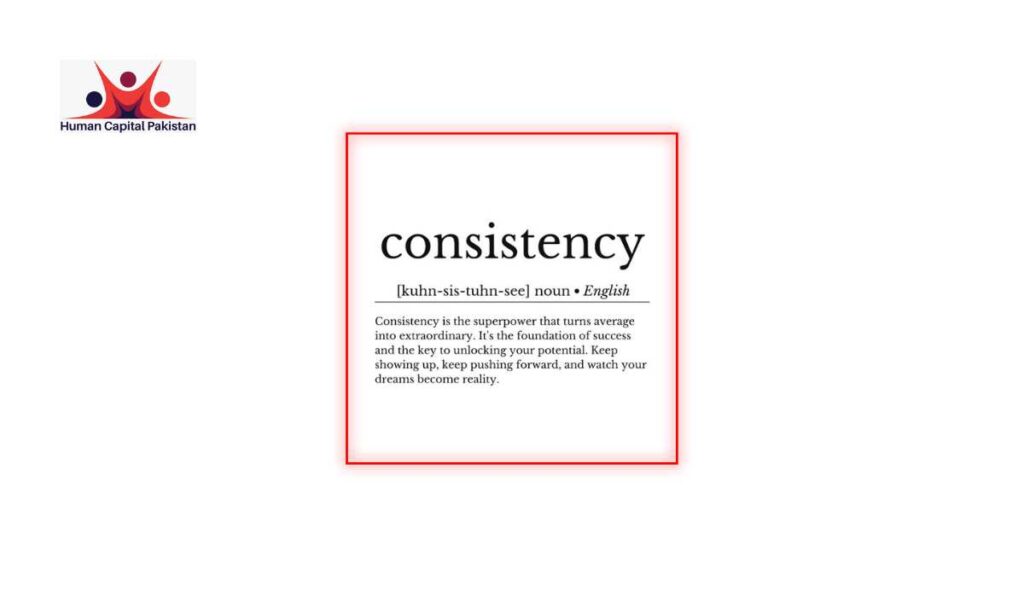
How Successful People Think: The Growth Mindset
A growth mindset is the belief that abilities and intelligence can be developed through dedication, hard work, and learning. It is rooted in the belief that we are not the victims of the environment and that nothing can stop us from achieving what we truly strive for. People with a growth mindset view challenges as opportunities to grow and understand that effort and perseverance are key to mastering new skills. They are more likely to embrace feedback, learn from criticism, and persist in the face of setbacks.
In contrast, people with a victim mindset will always attribute their failures and unhappiness to other people, situations, and circumstances.
Successful individuals often attribute their achievements to a positive mindset. Positive thinking helps in overcoming obstacles and staying focused on goals. It’s not just about being optimistic; it’s about being resilient and persistent even in the face of challenges.
Here are some striking examples for you:
Example 1: Response to Failure
- Growth Mindset: After failing a test, a student reviews their mistakes, seeks additional help from the teacher, and commits to studying harder for the next test.
- Victim Mindset: After failing a test, a student blames the teacher for being unfair, believes they are just not good at the subject, and gives up trying to improve.
Example 2: Facing Challenges
- Growth Mindset: An employee takes on a challenging project, viewing it as an opportunity to learn new skills and grow professionally. They are willing to put in extra effort and seek advice when needed.
- Victim Mindset: An employee avoids challenging projects, fearing they might fail and be judged. They prefer to stick with familiar tasks and complain about not being given easier assignments.
Now, let’s jump back to the power of positive thinking. How is positive thinking linked to having a growth mindset? Understanding the essence of positive thinking is the key to understanding how successful people think and develop a growth mindset.
Positive Thinking: More Than Just Happy Thoughts
Contrary to popular belief, positive thinking isn’t about always having happy thoughts. At its core, positive thinking means believing that no matter what setbacks you face or how many times you fall, everything can be fixed, and obstacles are just opportunities for growth.
In other words, positive thinking should not be confused with unrealistic thinking. For example, getting fired is a naturally stressful event. Telling yourself, “I won’t be stressed; I’ll try to be happy because I’m trying to be positive,” is counterproductive. Suppressing stress in a stressful situation is futile, and denying reality is unhelpful. Instead, acknowledge the stress and then take control by telling yourself, “I can’t change what happened, but I can choose what happens next. I’ll use this opportunity to find a better job or pursue something I genuinely love.”
For a deeper understanding of how successful people think and remain positive, check out this Harvard study on positive thinking.
2: Goal Setting and Vision
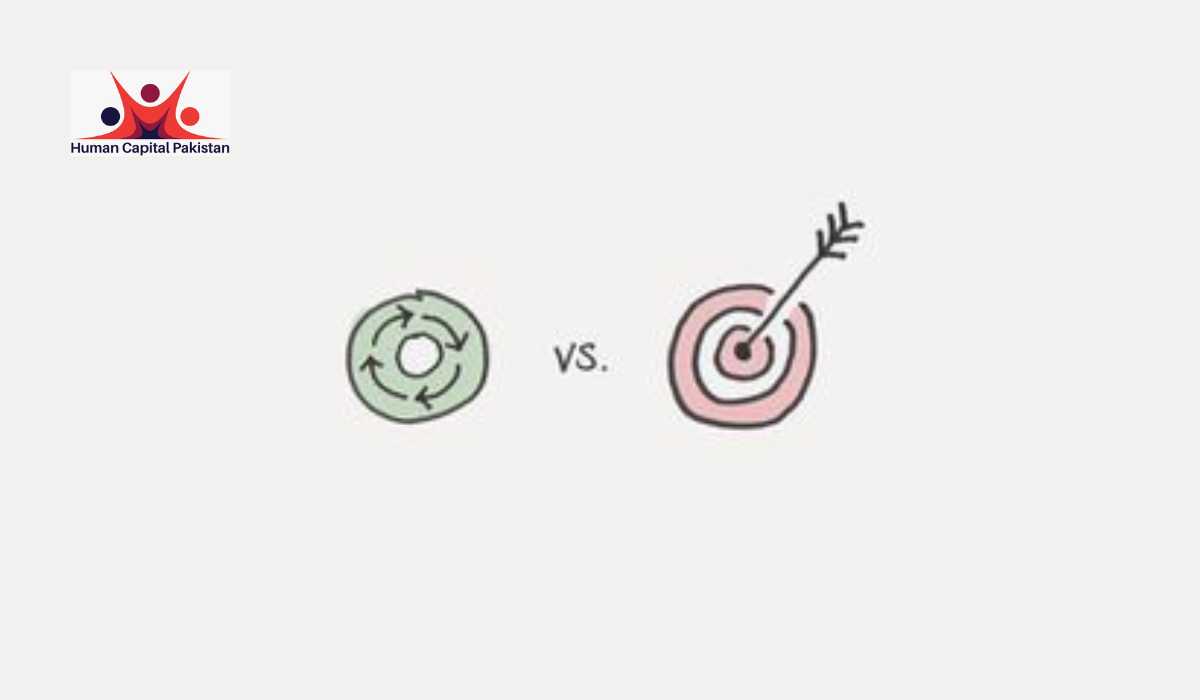
One of the key traits of successful people is their ability to set clear, attainable goals. They create a vision for their future and work relentlessly towards it.
The Two Steps of Goal Setting and Achieving
Achieving a goal consists of two stages:
- Step one is when you decide what you want. In other words, you decide what your vision is
- Step two is working towards that goal with consistency
Step 1: Setting Smart Goals
If you really want to learn and adopt the principles of how successful people think, you have to start setting SMART goals. Setting SMART (Specific, Measurable, Achievable, Relevant, Time-bound) goals is a common practice among high achievers. Here are some real-life examples, case studies, and insights from successful individuals that highlight the importance of goal setting.
How Successful People Think: Case Study of Google’s OKRs
Google’s use of OKRs (Objectives and Key Results) is a well-documented example of how setting SMART goals can drive success. OKRs are used to set clear, measurable goals across the organization, ensuring that everyone is aligned and working towards common objectives.
- Case Study: John Doerr, a venture capitalist and early Google investor, introduced OKRs to Google. In his book “Measure What Matters,” Doerr explains how setting specific, measurable, achievable, relevant, and time-bound goals helped Google grow from a small startup to one of the world’s leading technology companies.
Step 2: Consistent Progress
The problem with most people is that they never reach stage two. Many ambitious people make a list of goals and aspirations when they are feeling motivated, but they never end up achieving those goals. Why? because they were never consistent.
Remember: at the core of how successful people think lies one powerful belief: I am unstoppable.
Remember: Consistency Compounds.
The Importance of Consistency: A Key to Success
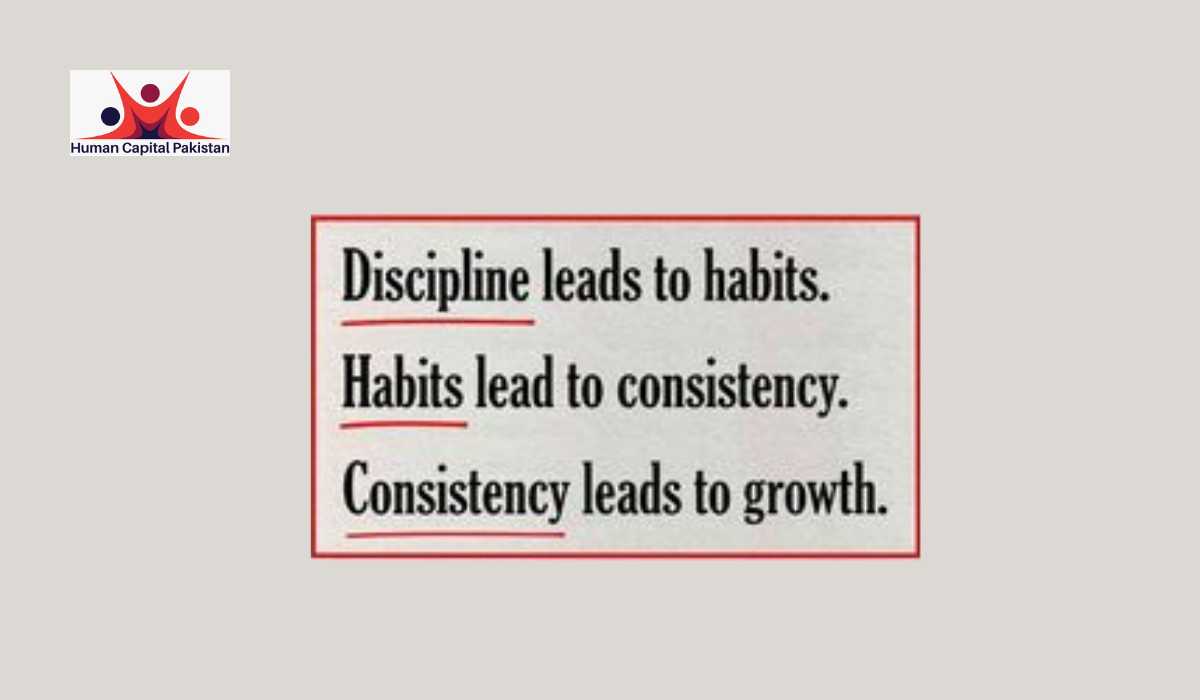
Consistency is a critical component of success. You can possess immense talent and work extremely hard, but without consistency, progress will be elusive. Rather than working intensely for a few days and then burning out, it’s more effective to make steady, daily progress. Let’s explore why consistency is vital and examine examples of successful individuals who exemplify this principle.
Consistency means showing up and putting in the effort every single day, even when motivation wanes. It’s about developing habits and routines that lead to sustained progress over time. Here’s why consistency matters:
- Builds Momentum: Small, consistent efforts accumulate over time, creating momentum that propels you forward.
- Enhances Skill Development: Regular practice leads to skill improvement and mastery.
- Establishes Discipline: Consistent actions reinforce discipline, making it easier to maintain focus and commitment.
- Produces Results: Incremental progress, day by day, leads to significant achievements in the long run.
Example: The Story of Jerry Seinfeld
One of the best ways to study how successful people think is to study their lives. A very good example I’d like to use is Jerry Seinfeld.
Jerry Seinfeld is a legendary comedian, who achieved success through unfaltering consistency. He developed a simple but effective strategy to ensure he wrote new material regularly.
The “Don’t Break the Chain” Method:
Seinfeld would write jokes every day and mark an “X” on a calendar for each day he wrote. The goal was to keep the chain of Xs going without breaking it. This daily habit of writing jokes, no matter how small the effort, led to a substantial body of work and honed his comedic skills.
A Must-Read Book on How Successful People Think
James Clear and Atomic Habits
To learn and adopt the principles of how successful people think, I suggest you read “Atomic Habits” by James Clear. In his book, Clear provides easy-to-implement strategies for breaking bad habits and building good habits that can propel us towards success. He not only emphasizes the importance of consistency in forming good habits and achieving long-term goals, but he also illustrates how small, consistent actions can lead to remarkable results.
The 1% Rule:
Clear explains that improving by just 1% every day leads to a significant transformation over time. For instance, if you get 1% better each day for a year, you’ll be 37 times better by the end of the year. This principle applies to any area of life, whether it’s fitness, learning a new skill, or personal development.
Practical Tips For Maintaining Consistency
When you start to learn more about how successful people think, you will find that they follow certain principles to maintain consistency. Here are some easy, actionable goals that you can incorporate in your lifestyle to maintain consistency:
- Set Manageable Goals: Break down large goals into smaller, achievable tasks. This makes it easier to stay consistent without feeling overwhelmed
- Create a Routine: Establish a daily routine that incorporates your goals. Consistency is easier when it becomes a regular part of your day
- Track Your Progress: Use tools like calendars, journals, or apps to track your progress and stay motivated
- Stay Accountable: Share your goals with someone who can hold you accountable. Regular check-ins can help you stay on track
- Celebrate Small Wins: Acknowledge and celebrate small milestones along the way. This boosts motivation and reinforces the habit of consistency.
Consistency is the bridge between talent and success. While talent and hard work are essential, they must be backed up by a consistent effort to yield progress. By making steady progress every day, you can achieve remarkable results and turn your goals into reality.
How Successful People Think: Real-Life Examples
Elon Musk: Visionary Goal-Setting
Elon Musk, the CEO of SpaceX and Tesla, might be one of the most ambitious people ever. What has made him indefatigable is his relentless pursuit of goals. Musk’s vision for SpaceX is to make space travel more affordable and eventually enable human life on Mars. To achieve this, he sets clear, attainable goals, breaking down the monumental task into smaller, manageable steps. Each milestone, such as the successful landing of reusable rockets, is a step towards the larger vision.
In a 2015 interview with TED, Musk discussed his goal of reducing the cost of space travel. By setting specific targets for each rocket launch, measuring progress, and iterating on designs, SpaceX has made significant strides towards this ambitious goal.
Oprah Winfrey: The Power of Purposeful Goals
I’m sure you’ve heard the famous story of Oprah Winfrey’s journey from a challenging childhood to becoming a media. Early in her career, Winfrey set clear goals, focusing on creating meaningful, impactful content. Her goals were not just about achieving personal success but also about empowering others and making a difference in the world.
In interviews, Winfrey has often spoken about her use of vision boards to visualize her goals and keep her focused. She attributes much of her success to her ability to set clear, purposeful goals and stay committed to them.
3: Embracing Failure as a Learning Opportunity
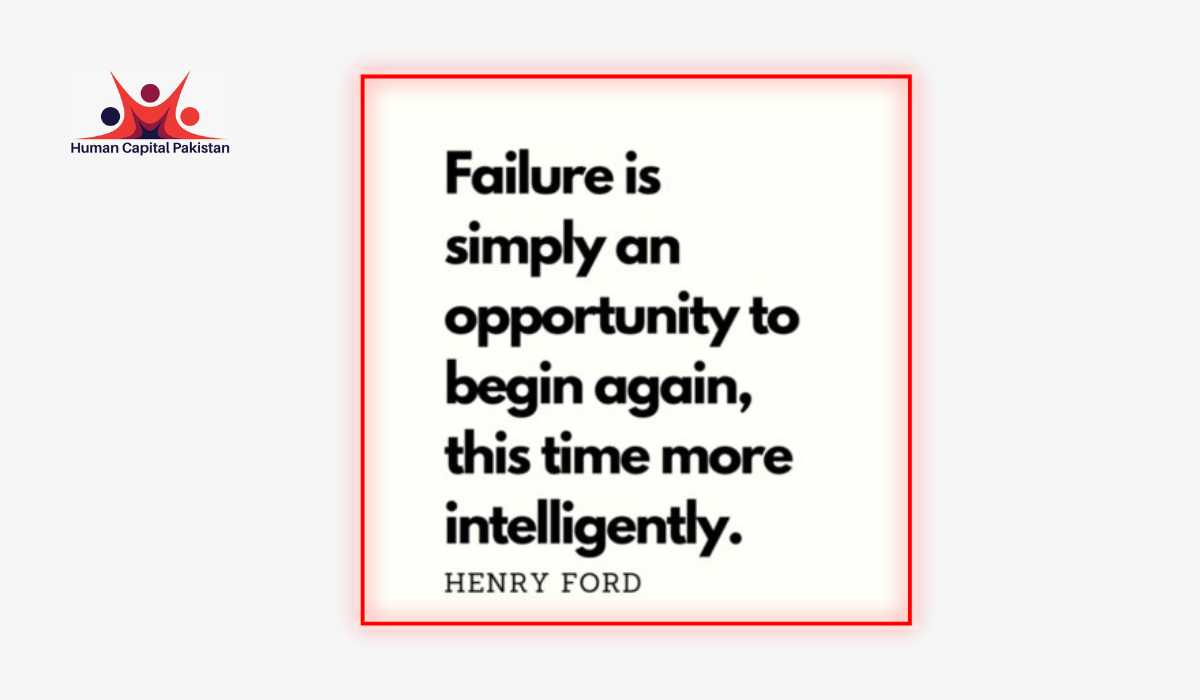
What really differentiates how successful people think from unsuccessful people is their view on failure. Now, this may come across as highly surprising because all our lives, we have been told to avoid failure like you avoid a plague and that nothing can be worse than failure. However, every multimillionaire or renowned athlete will tell you that the best way to succeed is through failure.
Failure is an inevitable part of the journey to success. What differentiates successful individuals is their ability to view failure as a learning opportunity rather than a setback. They analyze their mistakes, learn from them, and use that knowledge to improve. If you aren’t failing, are you really learning?
How Successful People Think About Failure
Here are some of my favourite quotes on failure from the most successful people I have known. These quotes perfectly represent how successful people think.
Thomas Edison:
- “I have not failed. I’ve just found 10,000 ways that won’t work.”
- “Many of life’s failures are people who did not realize how close they were to success when they gave up.”
Michael Jordan:
- “I can accept failure, everyone fails at something. But I can’t accept not trying.”
- “I’ve missed more than 9,000 shots in my career. I’ve lost almost 300 games. 26 times, I’ve been trusted to take the game-winning shot and missed. I’ve failed over and over and over again in my life. And that is why I succeed.”
Winston Churchill:
- “Success is not final, failure is not fatal: It is the courage to continue that counts.”
J.K. Rowling:
- “It is impossible to live without failing at something, unless you live so cautiously that you might as well not have lived at all—in which case, you fail by default.”
Steve Jobs:
- “Remembering that you are going to die is the best way I know to avoid the trap of thinking you have something to lose. You are already naked. There is no reason not to follow your heart.”
Albert Einstein:
- “Failure is success in progress.”
Henry Ford:
- “Failure is simply the opportunity to begin again, this time more intelligently.”
Oprah Winfrey:
- “Think like a queen. A queen is not afraid to fail. Failure is another stepping stone to greatness.”
Arianna Huffington:
- “Failure is not the opposite of success; it’s part of success.”
Sara Blakely:
- “My dad encouraged us to fail. Growing up, he would ask us what we failed at that week. If we didn’t have something, he would be disappointed. It changed my mindset at an early age that failure is not the outcome, failure is not trying. Don’t be afraid to fail.”
4 Ways Failure Can Help You Grow
To sum it all up, I give you 4 good reasons to start adopting how successful people think about failure:
- Promotes Resilience: Facing and overcoming failures builds mental toughness and resilience, essential qualities for enduring success
- Encourages Innovation: Many groundbreaking innovations are born out of trial and error. Failure pushes you to think creatively and explore new solutions
- Accelerates Learning: Each failure provides valuable insights and lessons that can be applied to future endeavours, speeding up the learning process
- Builds Character: Navigating failure develops perseverance, humility, and a stronger sense of purpose.
For more insights on learning from failure, visit Forbes’ guide.
4: The Role of Continuous Learning
Continuous learning is a cornerstone of success. Being open to continuous learning is the foundation of a growth mindset. In today’s rapidly evolving world, where new discoveries, inventions, updates, and products emerge daily, the only way to stay ahead is by continually expanding your knowledge and skills. This drive for continuous learning will ensure that you don’t fall behind. If anything, you’ll fall forward on the knowledge and skills you’ve gained so far.
People who are eager to learn acknowledge that they have much to learn and grow. In the process of learning and growing, they gain invaluable knowledge and success that helps them achieve unparalleled success. Where unsuccessful people fool themselves by thinking they “know enough”, successful people remain lifelong learners and students who constantly seek to expand their knowledge and skills. They stay updated with industry trends and are always eager to learn something new.
If I had to give a one-line answer to How Successful People think, I’d say “Successful People are always trying to learn how to be Successful”
How Successful People Think: Examples of Top Leaders
Bill Gates and His Reading Habit: Bill Gates, the co-founder of Microsoft, reads about 50 books a year on a wide range of topics. His commitment to learning keeps him informed and inspired, helping him come up with new creative inventions.
Warren Buffett’s Daily Learning Routine: Warren Buffett spends 80% of his day reading and thinking. His extensive reading habit, covering newspapers, financial reports, and books, is fundamental to his investment strategy and decision-making process.
Google’s Employee Development Programs: Google invests heavily in employee development, offering online courses, workshops, and access to resources. Employees are encouraged to spend 20% of their time on projects that interest them, promoting creativity and continuous skill development. This culture of learning has been the key driving factor behind Google’s success.
Oprah Winfrey: Oprah has often spoken about her love for reading and how it has shaped her worldview. Her book club encourages others to read and learn.
Elon Musk: Elon Musk, CEO of SpaceX and Tesla, taught himself rocket science by reading textbooks and consulting experts. His commitment to self-education has led to groundbreaking innovations.
5: Effective Time Management
The key to productivity is Effective time management, and the biggest reason behind failure is a lack of effective time management. The problem with most people isn’t that they are not motivated or ambitious, it’s that they do not know how to manage their time and accomplish tasks. Eventually, they end up feeling demotivated and stuck in a rut. Time management is crucial, as it allows individuals to prioritize their tasks, maximize productivity, and achieve their goals.
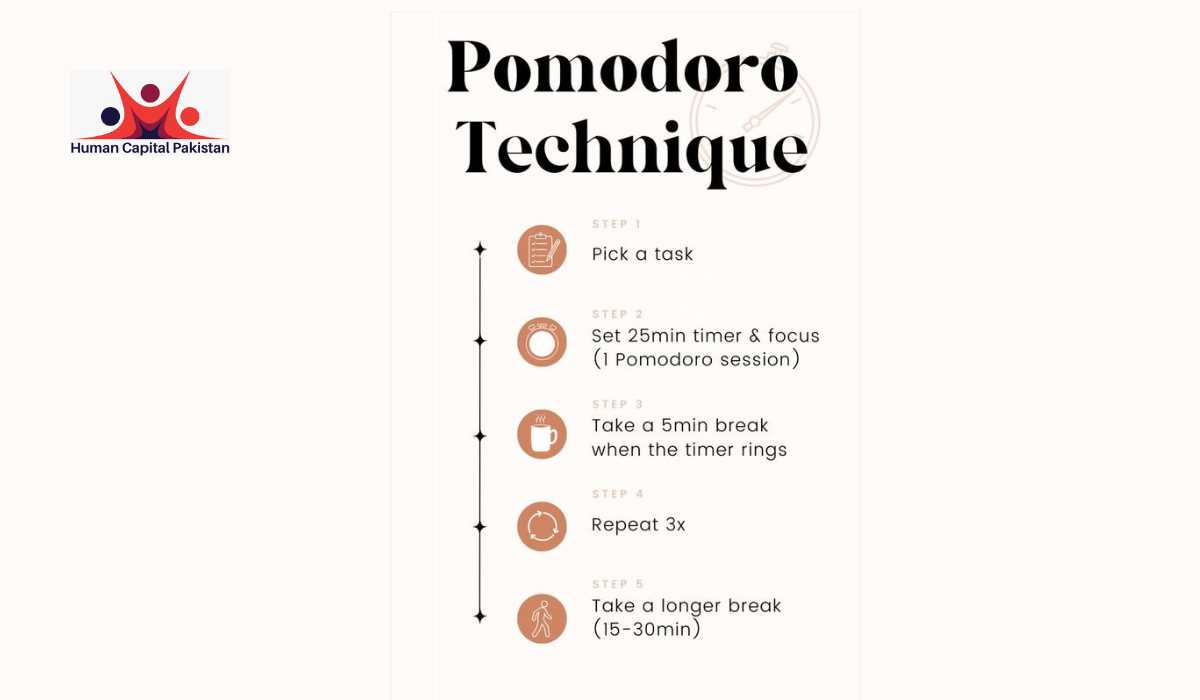
The Significance of Time Management
Successful people view time as an asset. Therefore, they work hard and smart to make the best use of their time. Here are four tips that can help you understand how successful people think about time management.
- Increased Productivity: Efficient time management helps in accomplishing more tasks in less time, enhancing overall productivity
- Reduced Stress: By organizing tasks and setting priorities, individuals can avoid last-minute rushes and reduce stress
- Goal Achievement: Time management ensures that individuals stay on track with their goals and make steady progress
- Work-Life Balance: Effective time management allows for a better balance between professional responsibilities and personal life.
3 Proven Techniques for Time Management
Now that you know how crucial time management is, here are some proven tips and strategies I discovered while researching on “How Successful People Think”. These are key strategies many successful people use to achieve success.
- To-Do Lists: Writing down tasks helps in visualizing what needs to be done and keeps track of progress
- Time Blocking: Allocating specific time slots for different tasks ensures focused and uninterrupted work
- Pomodoro Technique: This technique involves working in short, intense bursts (usually 25 minutes), followed by short breaks, to maintain high levels of focus and productivity.
Case Study: Time Management at Google
The best way to study how successful people think is to study case studies of highly successful people and companies. Therefore, I present to you a case study example from Google.
Google is renowned for its innovative time management practices. The company encourages employees to use tools like Google Calendar and Asana to organize their tasks and manage their time effectively. Additionally, Google promotes the use of “20% time,” allowing employees to spend a portion of their work hours on projects they are passionate about.
- Google’s Success: This approach has led to numerous innovations, such as Gmail and Google News, which were developed during employees’ 20% time. By fostering a culture of effective time management and creativity, Google continues to thrive and lead in the tech industry.
6: Networking and Building Relationships
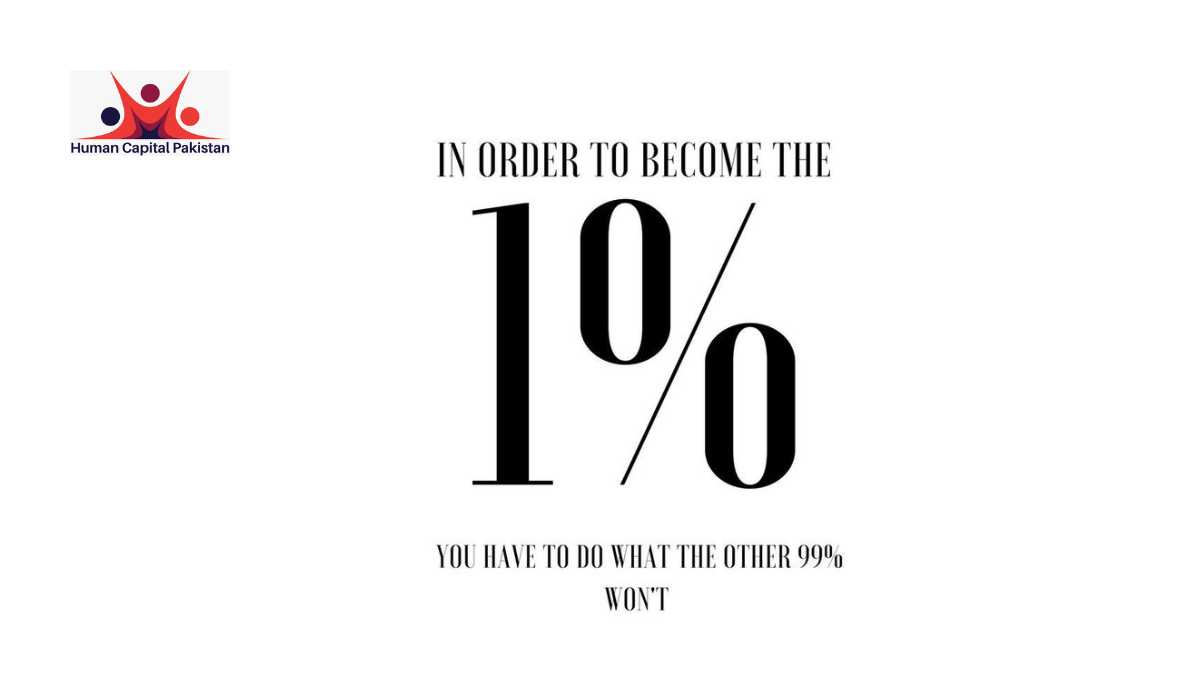
Success cannot be achieved in isolation. Therefore, building a strong network is vital for success. Successful people understand the value of relationships and invest time in networking. They surround themselves with positive, like-minded individuals who support and motivate them.
It’s no secret that people associate with people who are similar to them, people who they can relate to. I understand that this can be comforting at times because such people understand you and let you be in your comfort zone. However, sometimes, being in the company of familiar people who are not as ambitious and success-driven as you can hold you back from reaching your potential.
Therefore, if you want to think similarly to how successful people think, you need to start viewing your friends, acquaintances, or even friends as a form of input. Confusing? let me explain further:
Humans were naturally built to observe and adapt to their environment, including the people in it. The more time you spend with certain people, the more you start to mirror them and adopt their thinking patterns. So why associate with people you don’t want to be like? Successful people build networks of people they can learn from, people they can look up to, and people who can fuel their ambition.
You know what they say? “Hang around the barber shop long enough, and soon, you’ll get a haircut.” Therefore, surround yourself with successful people who can help you grow. Successful people became successful because they surrounded themselves with success.
The Importance of Networking
- Opportunities: Networking opens doors to new opportunities, whether it’s career advancement, business partnerships, or personal growth
- Support System: A strong network provides emotional and professional support, helping you navigate challenges and celebrate successes
- Knowledge Sharing: Building relationships with others allows for the exchange of ideas, knowledge, and experiences, fostering innovation and learning
- Increased Visibility: Networking increases your visibility in your industry, helping you establish your reputation and credibility.
Strategies for Effective Networking
Here are 4 excellent strategies that will help you understand how successful people think and develop networking strategies for themselves.
- Attend Events: Participate in industry conferences, workshops, and social gatherings to meet new people and expand your network
- Leverage Social Media: Use platforms like LinkedIn to connect with professionals in your field and join relevant groups and discussions
- Offer Value: Be genuinely interested in others and look for ways to offer help or value before seeking something in return
- Follow Up: Maintain your relationships by staying in touch, following up after meetings, and showing appreciation.
How Successful People Think: Case Studies and Examples
Richard Branson’s Networking Approach
Richard Branson, the founder of Virgin Group, attributes much of his success to his networking skills. Branson believes in building genuine relationships and often emphasizes the importance of connecting with people on a personal level.
- Branson’s Method: Branson attends numerous events and is known for his approachable and personable nature. He listens actively, shows genuine interest in others, and seeks to build lasting connections. His extensive network has been crucial in expanding the Virgin brand and launching new ventures.
Sheryl Sandberg’s Relationship Building
Sheryl Sandberg, Facebook’s COO and author of Lean In, highlights the significance of mentorship and building a strong network for career advancement. Sandberg’s success is partly due to her ability to form meaningful relationships with mentors, colleagues, and industry leaders.
- Sandberg’s Strategy: Sandberg actively seeks out mentors and also mentors others. She emphasizes the importance of supporting and lifting each other in the professional world. Her network has provided her with valuable insights, opportunities, and support throughout her career.
7: Staying Focused and Avoiding Distractions

Focus is a critical element of success. Successful people have trained themselves to eliminate distractions and maintain focus on their goals. They create environments for themselves that allow them to concentrate and use techniques like mindfulness and meditation to enhance their focus.
The Importance Of Focus
- Enhanced Productivity: Maintaining focus allows you to complete tasks more efficiently and with higher quality.
- Goal Achievement: A focused mind is better at setting and achieving long-term goals.
- Reduced Stress: Concentrating on one task at a time can reduce the overwhelm that comes from multitasking.
- Improved Decision-Making: Focus enables clearer thinking, leading to better and more informed decisions.
The problem with focus, however, is that most of us struggle with it; we want to work, we want to study, but we keep getting distracted. Relatable, right?
How Successful People Think: Five Tips to Stay Focused
It is essential to register that focus is a skill, not an inherent ability. If you struggle with focusing on a task for too long, do not worry; you can train yourself to be more focused.
Here are 5 proven tips and strategies that will help you enhance your ability to focus on tasks without getting distracted:
- Set Clear Goals:
- Why It Works: Clear goals provide direction and purpose. When you know what you’re working towards, it’s easier to stay motivated and focused.
- How to Implement: Break down your larger goals into smaller, actionable steps. Write them down and keep them visible as a constant reminder of what you need to achieve.
2. Create a Dedicated Workspace:
- Why It Works: A dedicated workspace helps create a mental boundary between work and leisure, reducing distractions.
- How to Implement: Set up a specific work area free from distractions. Ensure it’s comfortable, well-lit, and equipped with everything you need to be productive.
3. Use Time Management Techniques:
- Why It Works: Techniques like the Pomodoro Technique or time blocking help you work in focused intervals, preventing burnout and maintaining high levels of concentration.
- How to Implement: Try working in 25-minute bursts with 5-minute breaks in between (Pomodoro Technique). Alternatively, allocate specific time blocks for different tasks throughout your day.
4. Minimize Digital Distractions:
- Why It Works: Notifications and social media can be significant distractions. Limiting these interruptions helps maintain your focus on the task at hand.
- How to Implement: Turn off non-essential notifications on your phone and computer. Use apps like Freedom or StayFocusd to block distracting websites during work hours.
5. Practice Mindfulness and Take Regular Breaks:
- Why It Works: Mindfulness helps you stay present and focused, while regular breaks prevent mental fatigue and maintain productivity.
- How to Implement: Incorporate mindfulness practices like deep breathing or meditation into your daily routine. Schedule short breaks every hour to stretch, walk, or relax your mind.
Implementing Strategies:
- Clear Goals: Every Sunday, write down your weekly goals and break them into daily tasks. Use a planner or digital app to track your progress.
- Dedicated Workspace: Set up a home office or a specific corner of a room with all your work essentials. Keep it tidy and organized to boost your productivity.
- Time Management Techniques: Use a timer to work in Pomodoro intervals. After four intervals, take a longer break (15-30 minutes) to recharge.
- Minimize Digital Distractions: During work hours, put your phone on “Do Not Disturb” mode. Use browser extensions to block distracting sites like social media.
- Mindfulness and Breaks: Start your day with a 5-minute meditation session. Schedule short breaks every 60 minutes to move around and clear your mind.
Implementing these tips can enhance your focus, boost your productivity, and make significant progress toward your goals.
8: Taking Calculated Risks

You can’t expect extraordinary results by doing ordinary things. People who have achieved insurmountable success took numerous risks, failed countless times, and then achieved their goals.
Risk-taking is an inherent part of achieving success. However, Risk-taking should not be confused with being impulsive; successful individuals distinguish themselves by taking calculated, rather than reckless, risks. They carefully assess the potential benefits and drawbacks, consider possible outcomes, and make informed decisions that position them for forward momentum.
The Importance of Calculated Risk-Taking
Here are 4 tips that will help you understand how successful people think in terms of calculated risktaking:
- Innovation and Growth: Calculated risks are essential for innovation and growth. They push boundaries and open up new opportunities
- Learning and Adaptation: Risk-taking encourages learning and adaptation, enabling individuals to evolve and improve
- Competitive Advantage: Those who take calculated risks can gain a competitive edge, staying ahead in their field
- Building Confidence: Successfully navigating risks builds confidence and resilience, fostering a mindset ready for future challenges.
Strategies for Taking Calculated Risk
In my Quest to debunk the science behind how successful people think, I discovered that the most successful people in the world are the biggest risk-takers. However, they take risks wisely, making sure that the odds will always be in their favour.
Here are 5 proven strategies that can help you learn the art of calculated risk-taking:
- Thorough Research: Gather as much information as possible about the potential risk. Understand the market, competition, and any other relevant factors
- Weigh the Pros and Cons: Make a detailed list of the potential benefits and drawbacks. Consider the worst-case scenario and if you can manage the consequences
- Seek Advice: Consult with mentors, advisors, or colleagues who have experience in the area. Their insights can provide valuable perspectives and help you make a more informed decision
- Start Small: Begin with smaller risks that have manageable consequences. This allows you to build experience and confidence before taking on larger risks
- Have a Contingency Plan: Always prepare for the possibility that things might not go as planned. A contingency plan can mitigate potential negative outcomes and provide a clear path forward.
How Successful People Think in Terms of Risk-Taking: Examples
Netflix’s Shift to Streaming
Netflix’s transition from a DVD rental service to a streaming platform is a prime example of calculated risk-taking.
- Netflix’s Strategy: Recognizing the potential of digital streaming, Netflix invested heavily in technology and content. The company conducted market research, analyzed consumer behaviour, and anticipated the decline of physical media. Despite initial scepticism, Netflix’s calculated risk transformed the entertainment industry and established the company as a leader in streaming services.
Steve Jobs and the iPhone
Steve Jobs’ decision to develop the iPhone was a significant calculated risk for Apple.
- Jobs’ Approach: Jobs saw the potential to revolutionize mobile technology. He gathered a talented team, conducted extensive research, and meticulously planned the iPhone’s development. The risk paid off, as the iPhone became a massive success, reshaping the smartphone industry and propelling Apple to unprecedented heights.
9: Maintaining a Healthy Work-Life Balance
A major misconception with regard to how successful people think is that they put work above everything else. While it is true that the most successful people in the world prioritise their work, it is also true that work is not the only thing they prioritize. Every successful person will tell you that balancing work and personal life is essential for long-term success. Why? because if you work tirelessly without giving yourself time to recalibrate, sooner or later, you’ll feel burnt out and exhausted.
Remember: great ideas do not come to exhausted, burnt-out people. Great ideas come to people who focus on their growth and wellness along with work. Only then can they have the mental peace and capacity to think critically and creatively. In other words, successful individuals recognize the importance of maintaining a healthy work-life balance to avoid burnout and ensure sustained productivity
Benefits of Maintaining a Work-Life Balance
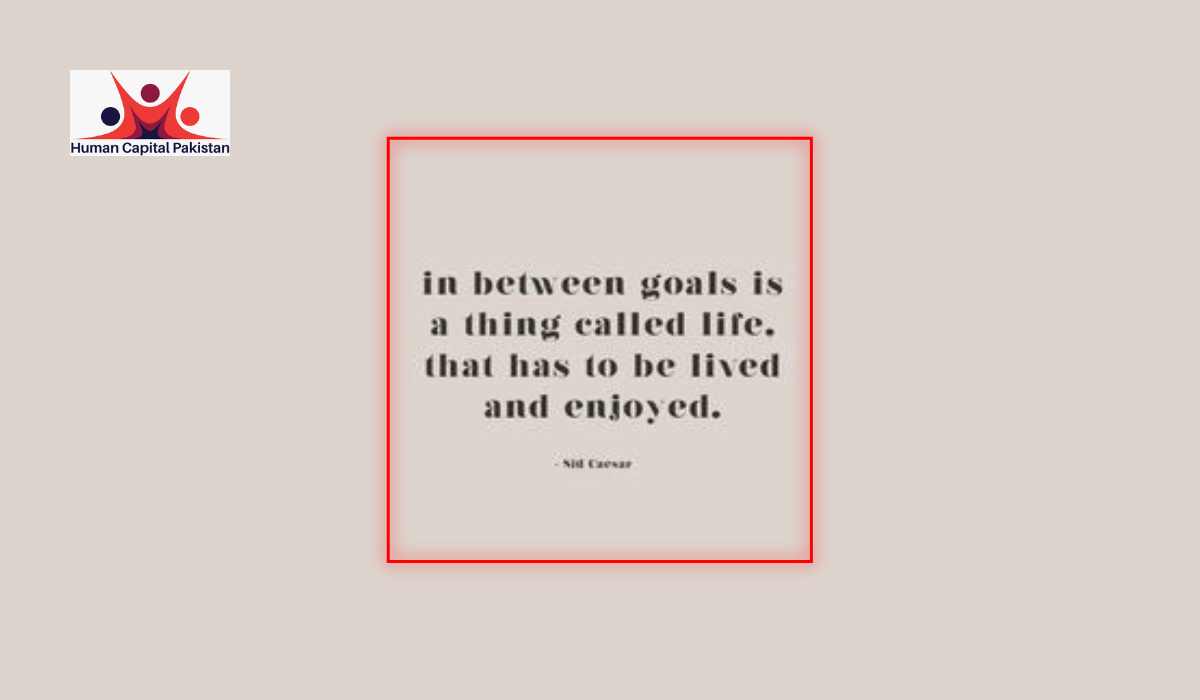
- Prevents Burnout: Balancing work and personal life helps prevent the physical and mental exhaustion that can come from overworking
- Enhances Productivity: Taking time to rest and recharge improves focus and productivity when you return to work
- Improves Mental Health: A balanced life reduces stress and promotes better mental health and overall well-being
- Strengthens Relationships: Prioritizing personal life allows for stronger relationships with family and friends, providing emotional support and fulfilment
- Promotes Long-term Success: Sustainable work habits and a healthy lifestyle contribute to long-term success and career longevity.
Strategies for Achieving Work-Life Balance
Here are my top 5 strategies for how successful people think and maintain a work-life balance:
Set Boundaries:
- Why It Works: Clear boundaries between work and personal life prevent one from encroaching on the other.
- How to Implement: Define specific work hours and stick to them. Communicate these boundaries with your colleagues and family to ensure they are respected.
Prioritize Self-Care:
- Why It Works: Self-care activities rejuvenate your mind and body, enhancing overall well-being.
- How to Implement: Schedule regular self-care activities such as exercise, hobbies, or relaxation time. Treat these activities as non-negotiable appointments.
Learn to Delegate:
- Why It Works: Delegating tasks reduces your workload and allows you to focus on high-priority activities.
- How to Implement: Identify tasks that can be delegated and assign them to capable team members. Trust them to handle the responsibilities effectively.
Utilize Time Management Techniques:
- Why It Works: Effective time management ensures you complete work tasks efficiently, leaving more time for personal activities.
- How to Implement: Manage your workday using tools like to-do lists, time blocking, and the Pomodoro technique. Allocate specific time slots for personal activities as well.
Stay Present:
- Why It Works: Being present in the moment enhances the quality of both work and personal life.
- How to Implement: Practice mindfulness and focus on the task at hand. Avoid multitasking and give your full attention to your work or personal activities as appropriate.
Visualization and Affirmations
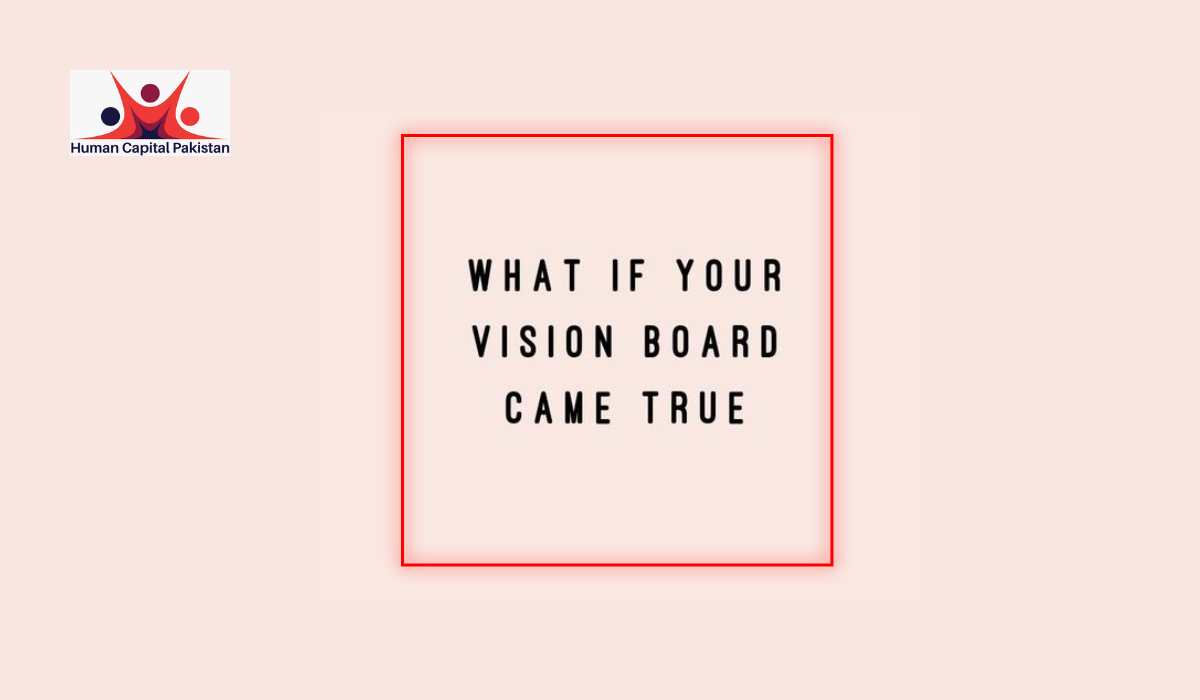
I want you to do a little experiment: watch five podcasts or interviews of successful people like Oprah or Jim Carrey. What you’ll find is that most of these people use visualization as a powerful tool to achieve their goals. It’s safe to say that the secret to how successful people think and drive success lies in their commitment to techniques such as visualization, meditation, and affirmations to improve their personal well-being and achieve success.
These techniques involve mentally picturing one’s goals and affirming the ability to achieve them, which helps build confidence, enhance motivation, and drive success.
Benefits of Visualization and Affirmations
- Enhances Motivation: Visualizing success and affirming positive outcomes keep individuals motivated to pursue their goals
- Builds Confidence: Repeated positive affirmations instil a sense of self-belief and confidence, essential for overcoming challenges
- Focuses the Mind: Visualization helps in focusing the mind on specific goals, making it easier to stay on track and avoid distractions
- Improves Performance: Athletes and performers use visualization to mentally rehearse and improve their performance, a technique that can be applied to any field
- Reduces Anxiety: Visualizing positive outcomes and affirming one’s abilities can reduce anxiety and stress, promoting mental well-being.
The Science Behind Visualization and Affirmations
Research shows that the brain cannot distinguish between real and vividly imagined experiences. This means that by visualizing success, you can trick your brain into believing it has already achieved your goals, which can positively influence your actions and behaviours.
The secret to human behaviour is that 99% of our behaviour is driven by our subconscious mind. The subconscious mind dictates our beliefs, thoughts, and decisions. Affirmations help reprogram the subconscious mind, replacing negative thoughts with positive beliefs. Our subconscious mind is like a tape recorder: it starts recording whatever information you feed it over and over again. This is why affirmations work so well: they help you feed your subconscious mind desired information and beliefs.
How to Implement Visualization and Affirmation Techniques
- Create a Vision Board:
- Why It Works: A vision board provides a visual representation of your goals, keeping them top of mind.
- How to Implement: Collect images, quotes, and symbols that represent your goals and dreams. Arrange them on a board and place it somewhere you’ll see it daily.
2. Practice Daily Visualization:
- Why It Works: Regular visualization reinforces your goals and builds a mental blueprint for success.
- How to Implement: Spend a few minutes each day visualizing your goals. Close your eyes, imagine the details vividly, and feel the emotions associated with achieving them.
3. Use Positive Affirmations:
- Why It Works: Affirmations counteract negative self-talk and foster a positive mindset.
- How to Implement: Write down affirmations that resonate with your goals and repeat them daily. For example, “I am capable of achieving my dreams,” or “I am confident and successful.”
4. Combine Visualization and Affirmations:
- Why It Works: Using both techniques together amplifies their effectiveness.
- How to Implement: While visualizing your goals, repeat your affirmations. This creates a powerful synergy that enhances belief and motivation.
5. Record Your Progress:
- Why It Works: Tracking progress provides a sense of achievement and reinforces your commitment.
- How to Implement: Keep a journal where you record your visualization and affirmation practices, along with any progress or insights.
Successful People Using Visualization and Affirmations
Here are two best examples of how successful people think and use Vizualization and Affirmations as tools to get closer to their goals.
Oprah Winfrey
Oprah Winfrey is a firm believer in the power of visualization and affirmations.
- Winfrey’s Approach: Oprah uses vision boards and daily affirmations to visualize her goals and reinforce her belief in achieving them. She credits these practices for much of her success and personal growth.
Jim Carrey
Jim Carrey famously used visualization to achieve his goals in Hollywood.
- Carrey’s Strategy: In the early 1990s, Carrey wrote himself a check for $10 million for “acting services rendered” and dated it for Thanksgiving 1995. He visualized himself receiving such a check regularly. In 1994, he earned $10 million for his role in “Dumb and Dumber.”
After days of thorough research and investigation, I came up with these 10 common themes in how successful people think. Every human being is different; we all have our own goals, ambitions, and aspirations. The more you study how successful people think and behave, the more you’ll realize that to be very successful in life, you just need three things: A goal, consistency, and perseverance.
The tips and strategies I’ve outlined so far will not only help you understand how successful people think but will also guide you on how you can incorporate these strategies into your daily life and get 10 steps closer to your dream goal.
If you’ve read so far, I’m sure You’ll also love my article on What Success Looks Like
If you have more ideas and tips on How Successful People Think, make sure to comment!





One Response
great